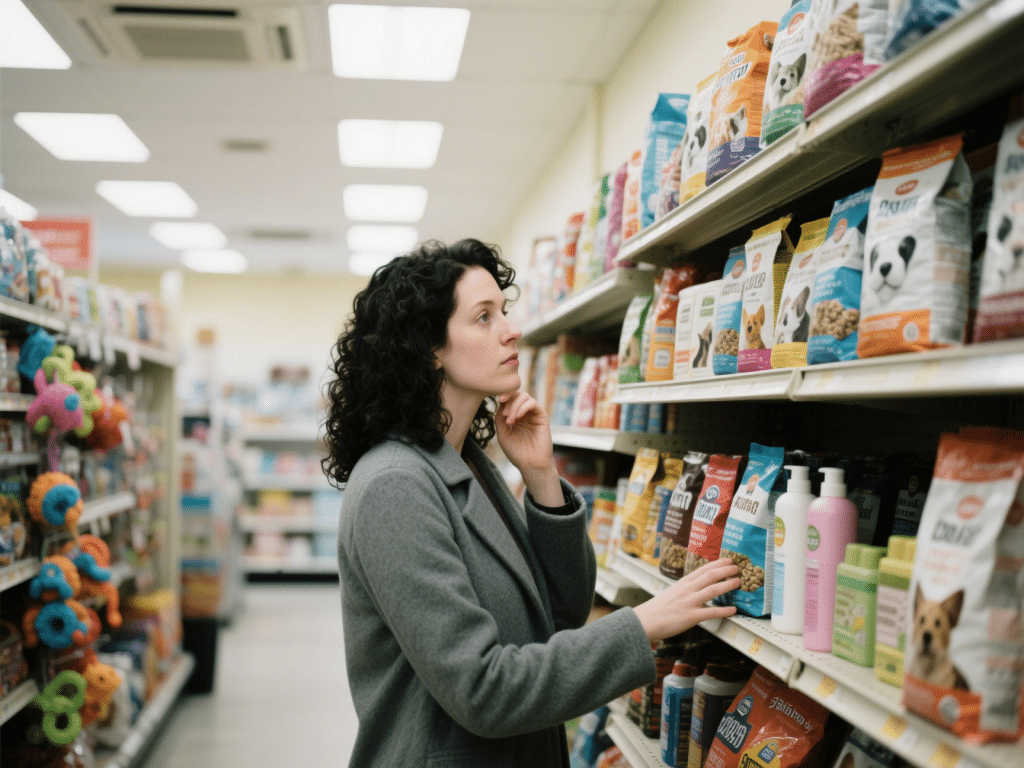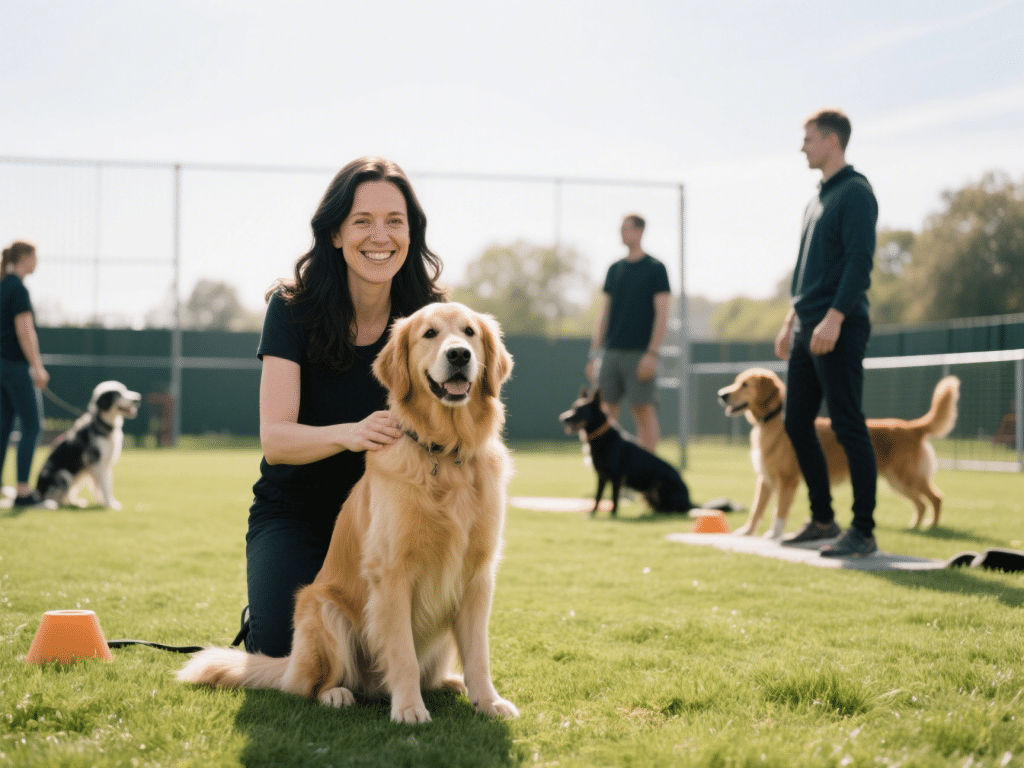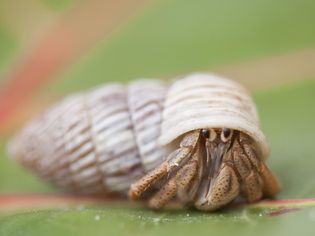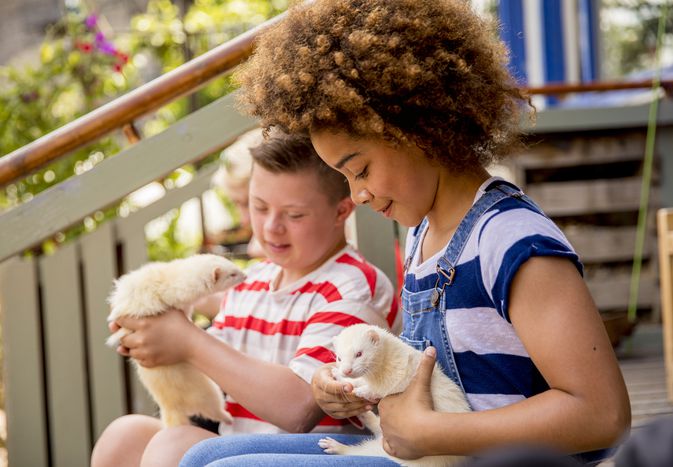How to Choose the Best Pet Supplies: A Comprehensive Buyer’s Guide
Navigating the vast world of pet supplies can feel overwhelming. From food and toys to beds and grooming tools, making informed choices is crucial for your pet’s health, safety, and happiness. This guide breaks down the essential factors to consider.
1. Understand Your Pet’s Specific Needs
* **Species & Breed:** A Great Dane has vastly different nutritional and bedding needs than a Persian cat. Research breed-specific requirements. * **Age:** Puppy/kitten food differs significantly from senior formulas. Toys should be age-appropriate (e.g., softer for teething pups). * **Health Conditions:** Pets with allergies, arthritis, or dental issues require specially formulated food, supportive beds, or specific toys. Consult your vet. * **Activity Level:** High-energy dogs need durable toys; sedentary pets benefit from puzzle feeders for mental stimulation.
2. Prioritize Safety & Quality
* **Materials:** Opt for non-toxic, BPA-free plastics for food/water bowls. Avoid toys with easily swallowed parts, loose strings, or toxic paints/stains. Look for sturdy stitching on beds and carriers. * **Certifications:** Seek reputable safety certifications (e.g., CPSIA for children's toys often applies to pet toys, OEKO-TEX for textiles). Check for FDA-compliant food bowls. * **Food & Treats:** Scrutinize ingredient lists. High-quality protein should be the first ingredient. Avoid excessive fillers (corn, soy, unnamed by-products), artificial colors, flavors, and preservatives (BHA, BHT, ethoxyquin). Look for AAFCO nutritional adequacy statements. * **Recall History:** Research brands for past recalls related to safety hazards.
3. Evaluate Functionality & Suitability
* **Fit & Size:** Harnesses, collars, and clothing must fit correctly – not too tight, not too loose. Measure your pet accurately. Crates/carriers should allow standing and turning. * **Durability:** Match toy durability to your pet's chewing strength ("indestructible" is a myth, but choose appropriately tough options). Consider wear-and-tear on beds and scratching posts. * **Ease of Use & Cleaning:** Choose food bowls and litter boxes that are easy to clean daily. Select grooming tools you can use comfortably. Automatic feeders/waterers should be reliable and simple to maintain. * **Purpose:** Ensure the product fulfills its intended function effectively (e.g., a puzzle toy should challenge, a calming bed should provide support).4. Consider Value, Not Just Price
* **Long-Term Cost:** High-quality, durable items (like a sturdy crate or a long-lasting toy) often cost less per use than replacing cheap versions frequently. * **Nutritional Value:** Premium food may seem expensive, but better nutrition can lead to fewer health issues and vet bills long-term. Calculate cost per feeding. * **Effectiveness:** Investing in a highly effective flea/tick preventative or a truly absorbent pee pad is better value than cheaper, less effective alternatives.
5. Research & Read Reviews Critically
* **Brand Reputation:** Choose established brands known for quality control and ethical practices. * **Independent Reviews:** Look for detailed reviews on multiple platforms (retail sites, pet forums). Pay attention to reviews mentioning durability and safety over time, not just initial impressions. * **Vet Recommendations:** Your veterinarian is an excellent resource for food, parasite control, and specialized products. * **Return Policy:** Check the seller's return policy, especially for higher-priced items or items where fit is crucial.
Top Categories Deep Dive
* **Food & Bowls:** Focus on species-appropriate, high-quality ingredients. Stainless steel or ceramic bowls are generally best. Avoid plastic for food/water. * **Toys:** Prioritize safety and suitability for play style (chewer, fetcher, puzzler). Supervise play, especially with plush or destructible toys. * **Beds & Crates:** Ensure proper size and support. Orthopedic foam benefits older pets. Crates should be secure and comfortable. * **Grooming:** Use brushes/combs designed for your pet's coat type. Choose pet-specific, gentle shampoos. * **Leashes & Collars/Harnesses:** Select based on size, strength, and training needs. Reflective materials enhance safety. * **Litter & Accessories:** Consider dust control, clumping ability, scent, and your cat's preference. Scoop daily.
Final Checklist Before Purchase
1. Does it meet my pet's SPECIFIC needs (size, age, health)? 2. Is it made from SAFE, non-toxic, durable materials? 3. Does it have relevant SAFETY CERTIFICATIONS? 4. Is the FOOD/TREAT ingredient list high-quality and appropriate? 5. Does it FIT correctly and function as intended? 6. Is it good VALUE considering durability and effectiveness? 7. What do CREDIBLE REVIEWS and my VET say?
Choosing the right pet supplies requires careful consideration, but the payoff is a healthier, safer, and happier companion. By focusing on your pet’s unique requirements, prioritizing safety and quality, and making informed decisions, you become your pet’s best advocate. Always consult your veterinarian for personalized advice, especially regarding nutrition and health-related products.










Comments on "How to Choose the Best Pet Supplies: A Comprehensive Buyer’s Guide" :